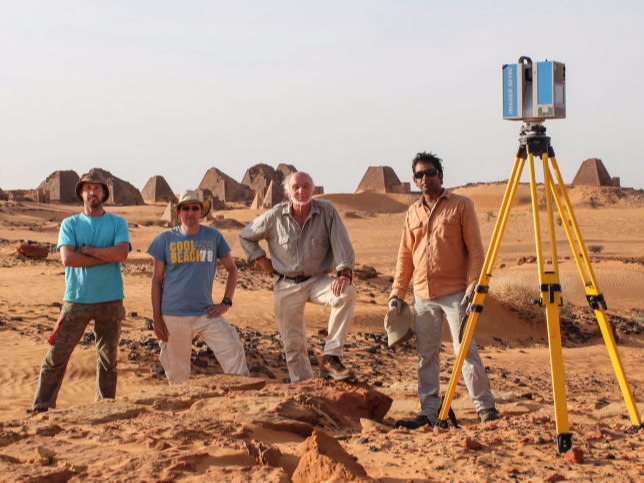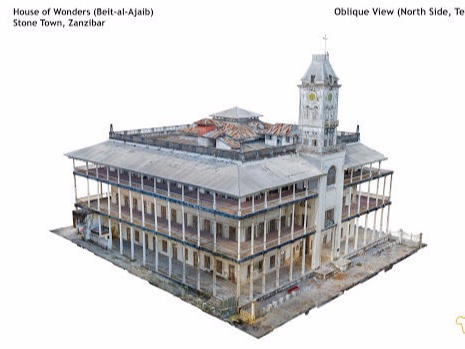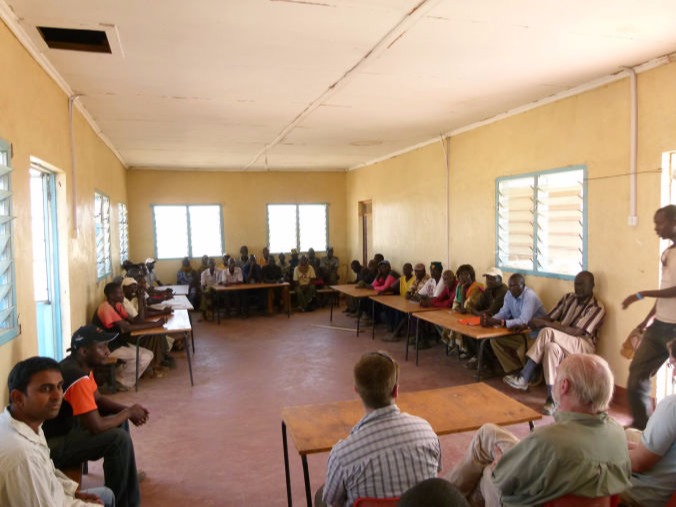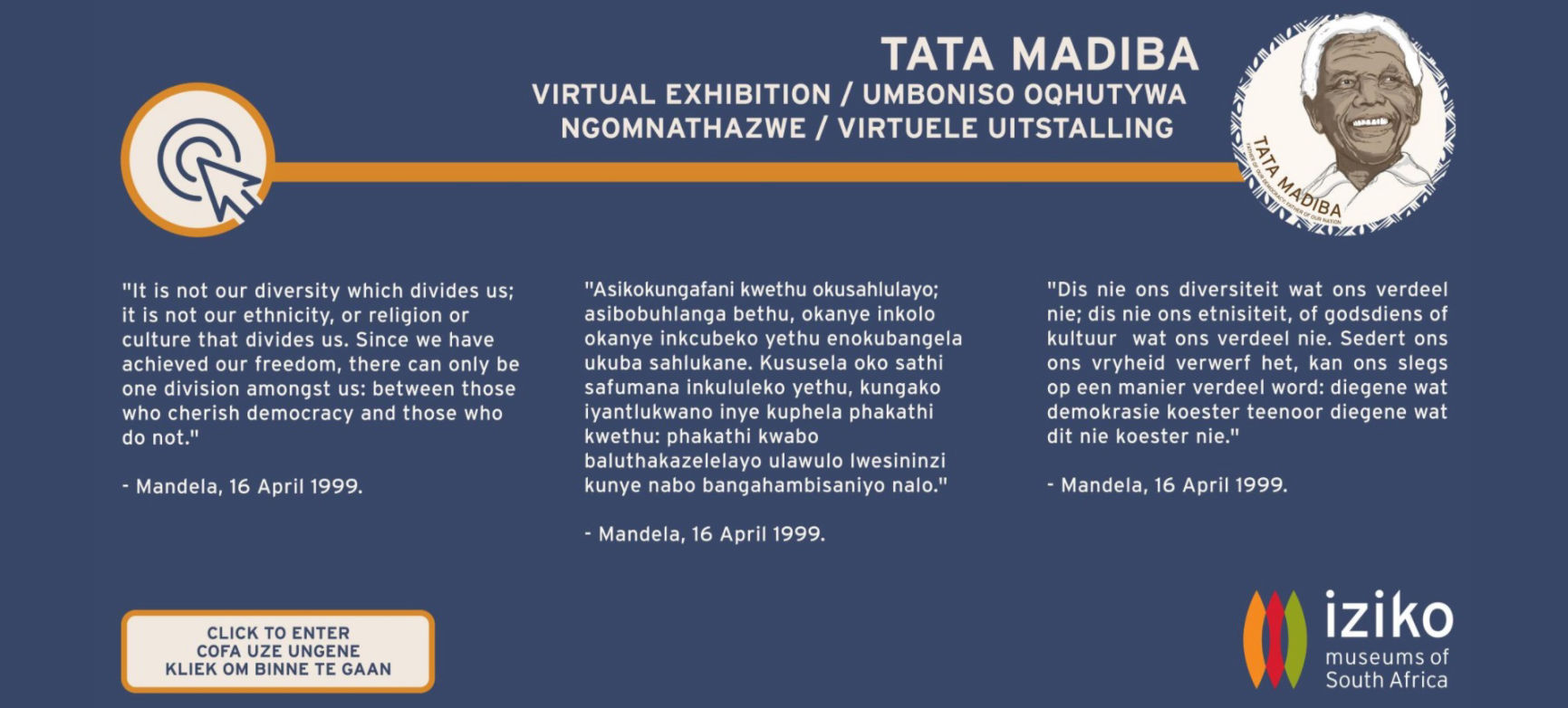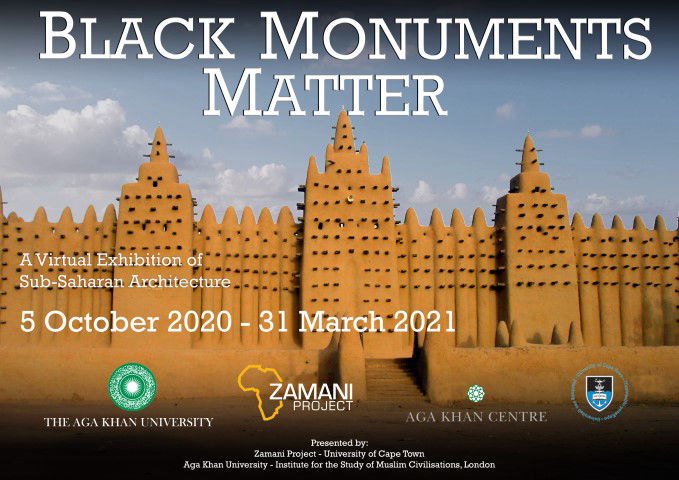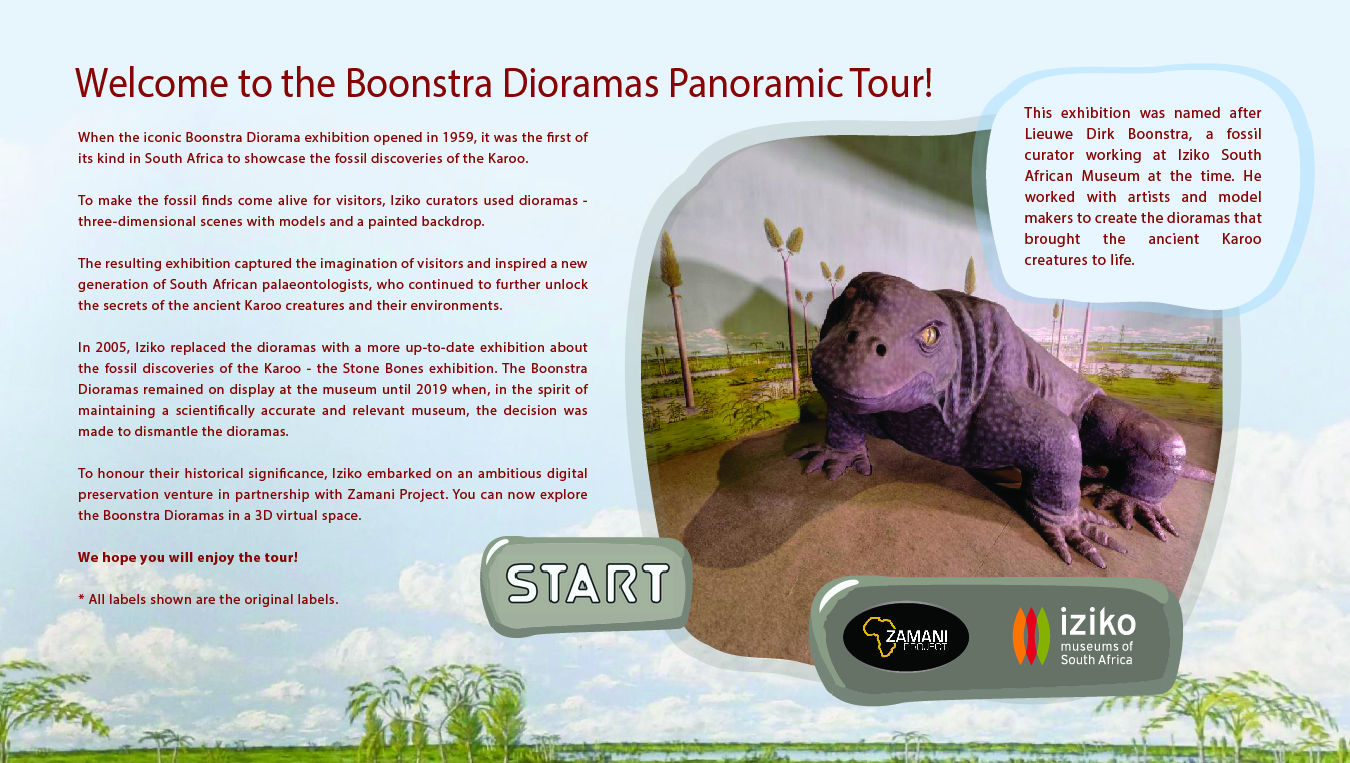Data collection and analysis
Supporting research on heritage in Africa, the Global South and beyond by providing researchers and practitioners access to high-quality heritage data.
Heritage communication
Developing publications, tours, presentations and applications, to encourage people to explore and value heritage.
Training and capacity building
Delivering workshops, training programmes, and collaborating with locals during field campaigns
